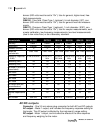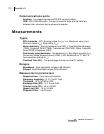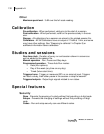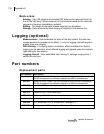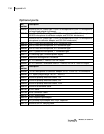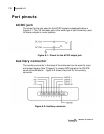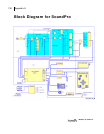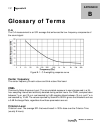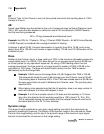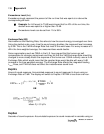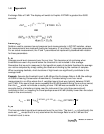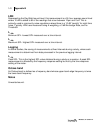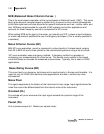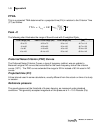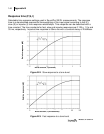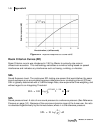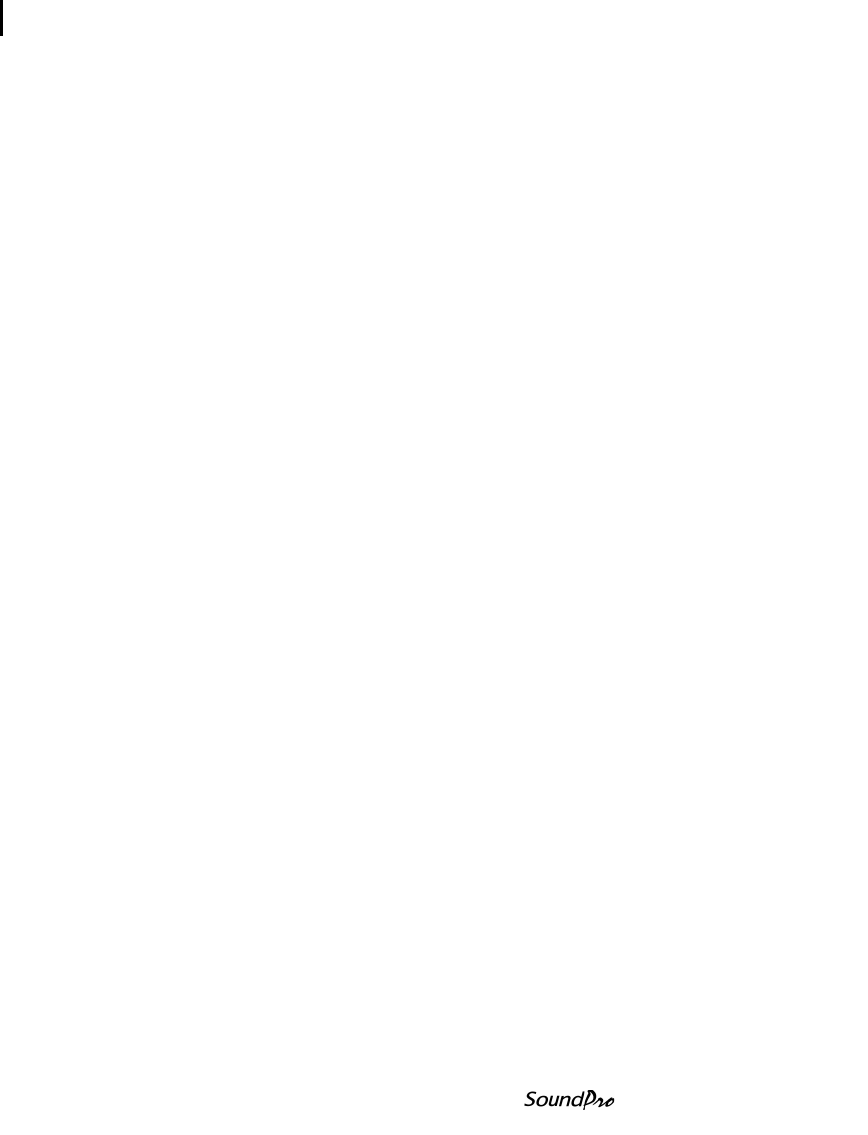
Appendix B
138
Models SE and DL
CT
Criterion Time. At the Criterion Level, the time period over which the resulting dose is 100%.
Usually is 8 hours.
dB
Sound Level Meters use the decibel as the unit of measure known as Sound Pressure Level
(SPL). SPL uses the ratio between a reference level of 20 microPascals (.00002 Pascals)
and the level being measured.
SPL = 20 log (measured level/reference level)
Example: the SPL for 1 Pascal is 20 log (1 Pascal/.00002 Pascal) = 94 dB 20 microPascals
(.00002 Pascals) is considered the average threshold of hearing.
A whisper is about 20 dB. A normal conversation is typically from 60 to 70 dB, and a noisy
factory from 90 to 100 dB. Loud thunder is approximately 110 dB, and 120 dB borders on the
threshold of pain.
Dose
Related to the Criterion Level, a dose reading of 100% is the maximum allowable exposure to
accumulated noise. For OSHA, 100% dose occurs for an average sound level of 90 dB over
an 8 hour period (or any equivalent exposure). By using a TWA reading rather than the
average sound level, the time period is no longer explicitly needed. A TWA of 90 dB is the
equivalent of 100% dose. The dose will double (halve) every time the TWA increases
(decreases) by the Exchange Rate.
Example: OSHA uses an Exchange Rate of 5 dB. Suppose the TWA is 100 dB.
The dose would double for each 5 dB increase over the Criterion Level of 90 dB.
The resulting dose is therefore 400%. If the TWA was instead equal to 80 dB then
the dose would halve for each 5 dB below the Criterion Level. The resulting dose
would be 25%.
When taking noise samples less that the full workday, dose is an easy number to
work with because it is linear with respect to time.
Example: If a 0.5 hour sample results in 9% dose and the workday is 7.5 hours
long, then the dose for the full workday would be a 135% dose (7.5 / 0.5 x 9%).
This is computed making the assumption that the sampled noise will continue at
the same levels for the full 7.5 hour workday.
Dynamic range
The range of input amplitudes on any given range setting over which the instrument can
produce a meaningful response. The bottom of the dynamic range is the instrument’s Noise
Floor for that range setting, and the top of the dynamic range is the maximum input signal
that will not overload the instrument on that range setting.



